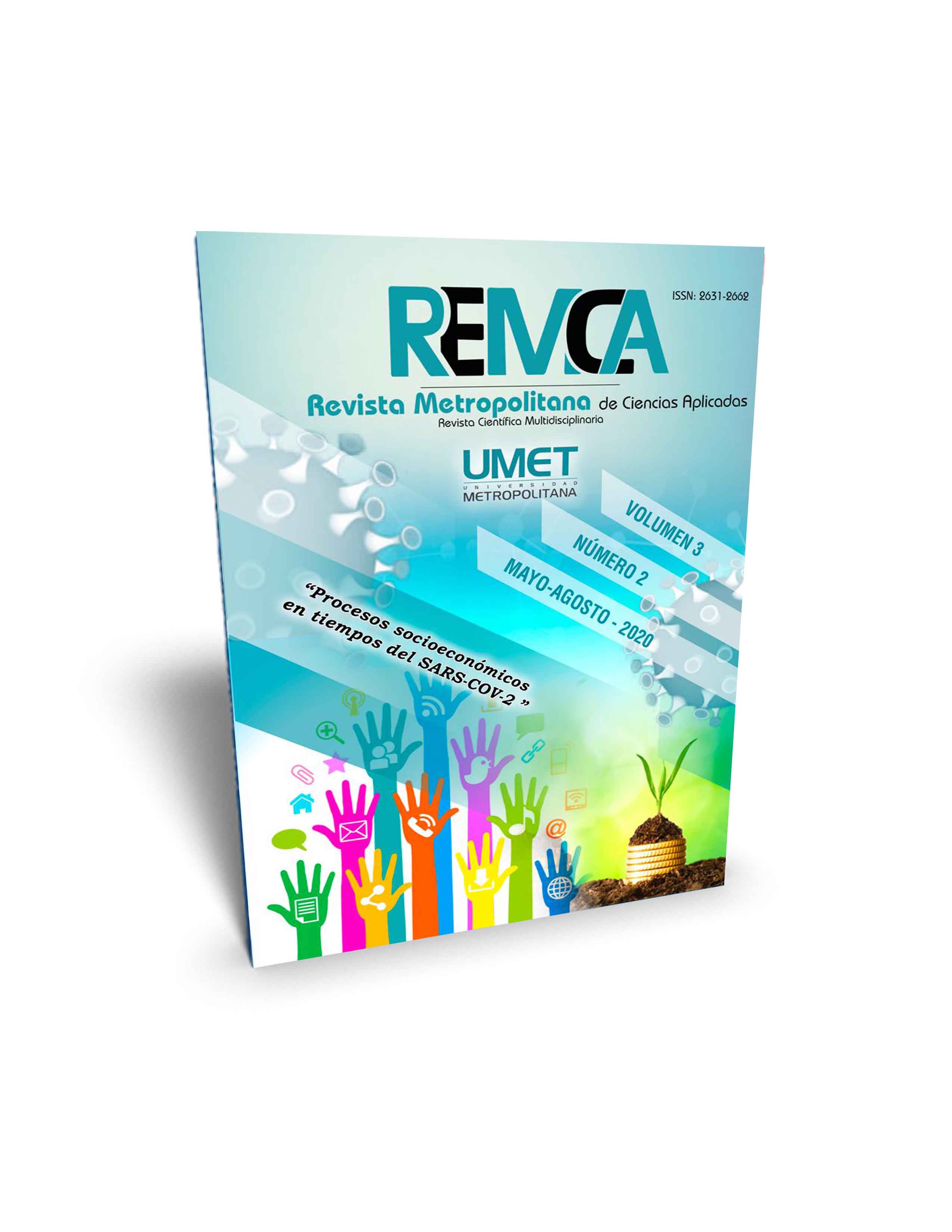Use of biochar in substrate for in vitro growth of Trichoderma spp
DOI:
https://doi.org/10.62452/fbzv4b74Keywords:
Efficient microorganism, sustainable agriculture, synergy, colony-forming unitsAbstract
Research into different natural control mechanisms, such as the use of efficient micro-organisms (Trichoderma sp) and bio-coals, is necessary to achieve sustainable agriculture, which together can generate a synergy that benefits the soil and therefore the crops. Therefore, the objectives of the research were: To evaluate the growth of Trichoderma sp., on culture media formulated with banana biochar and cocoa biochar in the laboratory in different concentrations. The test was made up of 3 doses of biochar (1.2 g; 3.5 g; 7.5 g) obtained by pyrolysis of banana rachis residues and cocoa shells. In the laboratory, the culture medium is prepared in PDA to reproduce Trichoderma sp. at a concentration of 10*1011 UFC, which was then taken a portion to be placed in Petri dishes with the dose of biochar. The results were measured at 7-day intervals. The treatment of 3.75 gr of biocoal of cocoa was the one of greater growth its fluctuation was of 5 to 8.5 cm in 21 days from the sowing. For the medium with banana biocarbon there was no growth of Trichoderma sp
Downloads
References
Barrow, C. J. (2012). Biochar: Potential for countering land degradation and for improving agriculture. Applied Geography, 34, 21–28.
Dignac, M. F., Derrien, D., Barre, P., Barot Sébastien, C. L., Chenu, C., Chevallier, T., Freschet, G. T., Garnier, P., Guenet, B., Hedde, M., Klumpp, K., Lashermes, G., Maron, P. A., Nunan, N., Roumet, C., & Basile-Doelsch, I. (2017). Increasing soil carbon storage: mechanisms, effects of agricultural practices and proxies. A review. Agronomy for Sustainable Development, 37(2), 7–27.
Elad, Y., Cytryn, E., Meller Harel, Y., Lew, B., & Graber, E. R. (2011). The biochar effect: Plant resistance to biotic stresses. Phytopathologia Mediterranea, 50(3), 335–349.
Ellerbrock, R., & Kaiser, M. (2005). Stability and composition of different soluble soil organic matter fractions – evidence from d 13 C and FTIR signatures. Geoder, 128, 28–37.
Escalante, A., Pérez, G., Hidalgo, C., López, J., Campo, J., Valtierra, E., … Etchevers, J. (2016). Biocarbón (biochar) I: Naturaleza, historia, fabricación y uso en el suelo Biocarbon (biochar) I: Nature, history, manufacture and use in soil. Terra Latinoamericana, 34, 367–382.
Herrera, E., Feijoo, C., Alfaro, R., Solís, J., Gómez, M., Keiski, R., & Cruz, G. (2018). Biochar based on residual biomasses and its influence over seedling emergence and growth in vivarium of Capparis scabrida (Sapote). Scientia Agropecuaria, 9(4), 569–577.
Howell, C. R. (2003). Mechanisms Employed by Trichoderma Species in the Biological Control of Plant Diseases: The History and Evolution of Current Concepts. Plant Disease, 87(1), 4–10.
Jaramillo, E., Barrezueta-Unda, S., Luna, E., & Castillo, S. (2017). In vitro evaluation of the Aloe vera gel on Mycosphaerella fijiensis, causative agent of black Sigatoka disease in Musa (AAA). Scientia Agropecuaria, 8(3), 273–278.
Kabenge, I., Omulo, G., Banadda, N., Seay, J., Zziwa, A., & Kiggundu, N. (2018). Characterization of Banana Peels Wastes as Potential Slow Pyrolysis Feedstock. Journal of Sustainable Development, 11(2), 14-24.
Marin-Armijos, J., García-Batista, R., & Barrezueta-Unda, S. (2018). Elaboracion de biocarbón obtenido a partir de la cáscara del cacao y raquis del banano Elaboration. Revista Agroecosistemas, 6(3), 75–81.
Robert, M., Thomas, A., Sekhar, M., Badiger, S., Ruiz, L., Willaume, M., Leenhardt, D., & Bergez, J. E. (2017). Farm Typology in the Berambadi Watershed (India): Farming Systems Are Determined by Farm Size and Access to Groundwater. Water, 9(1).
Tsai, C. H., Tsai, W. T., Liu, S. C., & Lin, Y. Q. (2018). Thermochemical characterization of biochar from cocoa pod husk prepared at low pyrolysis temperature. Biomass Conversion and Biorefinery, 8(2), 237–243.
Zhao, J., Shen, X. J., Domene, X., Alcañiz, J. M., Liao, X., & Palet, C. (2019). Comparison of biochars derived from different types of feedstock and their potential for heavy metal removal in multiple-metal solutions. Scientific Reports, 9(1).
Downloads
Published
Issue
Section
License
Copyright (c) 2020 Stalin Sánchez Pilcorema, Alexander Condoy Gorotiza, Priscila Sisalima Morales, Salomón Barrezueta Unda, Edison Jaramillo Aguilar (Autor/a)

This work is licensed under a Creative Commons Attribution-NonCommercial-ShareAlike 4.0 International License.
Authors who publish in Revista Metropolitana de Ciencias Aplicadas (REMCA), agree to the following terms:
1. Copyright
Authors retain unrestricted copyright to their work. Authors grant the journal the right of first publication. To this end, they assign the journal non-exclusive exploitation rights (reproduction, distribution, public communication, and transformation). Authors may enter into additional agreements for the non-exclusive distribution of the version of the work published in the journal, provided that acknowledgment of its initial publication in this journal is given.
© The authors.
2. License
The articles are published in the journal under the Creative Commons Attribution-NonCommercial-ShareAlike 4.0 International License (CC BY-NC-SA 4.0). The terms can be found at: https://creativecommons.org/licenses/by-nc-sa/4.0/deed.en
This license allows:
- Sharing: Copying and redistributing the material in any medium or format.
- Adapting: Remixing, transforming, and building upon the material.
Under the following terms:
- Attribution: You must give appropriate credit, provide a link to the license, and indicate if any changes were made. You may do this in any reasonable manner, but not in any way that suggests the licensor endorses or sponsors your use.
- NonCommercial: You may not use the material for commercial purposes.
- ShareAlike: If you remix, transform, or build upon the material, you must distribute your creation under the same license as the original work.
There are no additional restrictions. You may not apply legal terms or technological measures that legally restrict others from doing anything the license permits.




